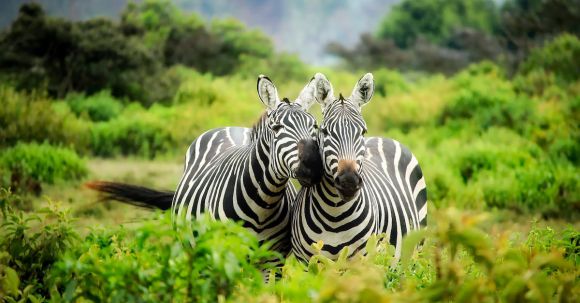In a rapidly urbanizing world, the preservation of natural spaces is of utmost importance. Parks, reserves, and wilderness areas play a crucial role in safeguarding our environment, providing habitats for wildlife, and offering recreational opportunities for people. These protected areas not only ensure the conservation of biodiversity but also contribute to the overall health and well-being of communities. Let us explore the significance of these natural spaces and the efforts required to preserve them.
The Importance of Parks
Parks are more than just patches of green in urban areas; they are essential spaces that connect people with nature. They offer a refuge from the hustle and bustle of city life and provide a peaceful environment for relaxation and recreation. Parks also play a significant role in improving air quality by acting as carbon sinks and reducing pollution levels. Additionally, these green spaces promote physical and mental health by encouraging physical activity and reducing stress.
Reserves: Protecting Biodiversity
Reserves, on the other hand, are designated areas that are specifically managed to conserve biodiversity. These protected spaces provide a safe haven for a wide range of plant and animal species, some of which may be endangered or threatened. By preserving these habitats, reserves help maintain the delicate balance of ecosystems and ensure the survival of various species. Moreover, reserves often act as living laboratories for scientific research, enabling scientists to study and understand the natural world better.
Wilderness Areas: Untouched Beauty
Wilderness areas, as the name suggests, are vast expanses of pristine and untouched natural landscapes. These areas are largely undisturbed by human activities and offer a glimpse into the raw beauty of nature. Wilderness areas are valuable for their aesthetic appeal, providing a sense of wonder and awe that is often lacking in our modern lives. They also serve as important ecological corridors, allowing for the movement of wildlife and facilitating genetic diversity.
Challenges in Preserving Natural Spaces
Preserving natural spaces is not without its challenges. One of the significant obstacles is the encroachment of human settlements and infrastructure development. As cities expand and populations grow, the demand for land increases, often resulting in the destruction of natural habitats. Furthermore, unsustainable practices such as deforestation, pollution, and overexploitation of resources pose a threat to the delicate balance of ecosystems.
Efforts in Conservation
To ensure the preservation of natural spaces, various conservation efforts are being undertaken worldwide. Governments and organizations are working towards the establishment of more protected areas, expanding existing ones, and implementing stricter regulations to prevent encroachment and unsustainable practices. Additionally, public awareness campaigns and education programs are being conducted to promote environmental stewardship and instill a sense of responsibility towards nature.
Conclusion: Our Responsibility
Preserving natural spaces is not just the responsibility of governments and organizations; it is a collective effort that requires the active participation of individuals as well. We can contribute by practicing sustainable living, supporting conservation initiatives, and advocating for the protection of natural spaces. By doing so, we will not only ensure the survival of diverse ecosystems but also create a better world for future generations.
In conclusion, parks, reserves, and wilderness areas play a vital role in preserving our natural heritage. They provide numerous benefits, including improved well-being, protection of biodiversity, and opportunities for recreation. However, the challenges in preserving these spaces are significant, and concerted efforts are needed to overcome them. By recognizing the value of these natural spaces and taking necessary actions, we can ensure their preservation for the benefit of both present and future generations.
